processor
Latest

ARM display chip design could lead to better stand-alone VR
Now that stand-alone virtual reality has become more of a... reality, ARM wants to eliminate some of the technology's remaining headaches. It's launching a new display chip design, the Mali-D77, that aims to both fix visual artifacts and improve performance. It can reduce motion sickness by re-projecting scenes (to adjust for the headset's position) and correcting lens artifacts like distortion and chromatic aberration. Your VR headset might also last longer on battery power -- ARM expects a 12 percent power savings and a 40 percent drop in bandwidth.
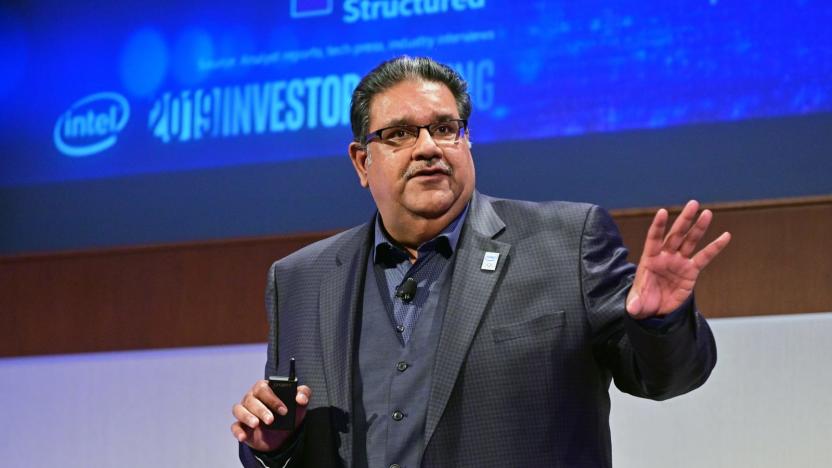
Intel will ramp up 10nm CPU production in June, 7nm in 2021
Intel is nearly ready to ship 10-nanometer processors in large volumes -- no, for real this time. After years of delays, the semiconductor giant has announced that its 10nm mobile Ice Lake processors will start shipping in June. It's not certain just when you'll see the first laptops based on the new parts (Intel offers a generic in-time-for-the-holidays figure), but Intel is boasting that a future Core i7 quad-core chip will tout twice the graphics performance over its 8th-gen counterpart, twice the video transcoding speed and up to three times the AI brawn. You still aren't likely to be doing heavy duty number-crunching with it, but that's still an improvement over years of modest upgrades to Intel's long-in-the-tooth 14nm technology.
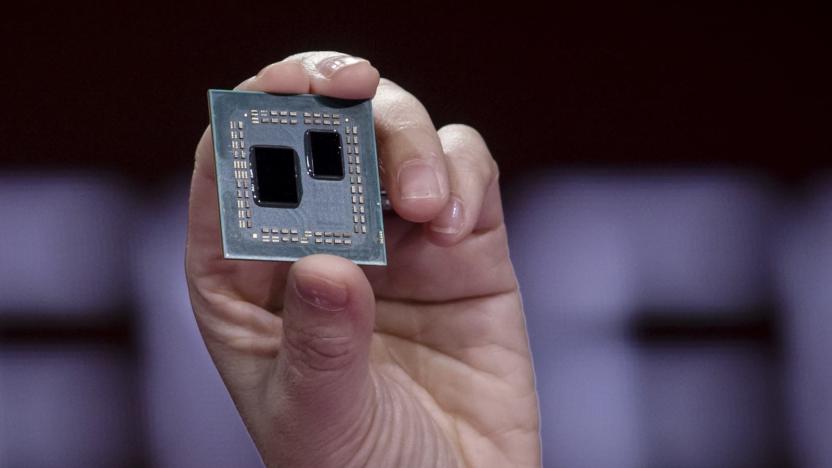
This is the year of the CPU ‘chiplet’
In the second episode of Upscaled, our new deep-dive explainer series focused on the components that make tech better, we're looking at what is going on with CPUs. Chips are still getting faster, but at a rate much slower than most predictions. 2019 might be the year that finally changes, though, and we're excited about a few developments that should be coming later this year.
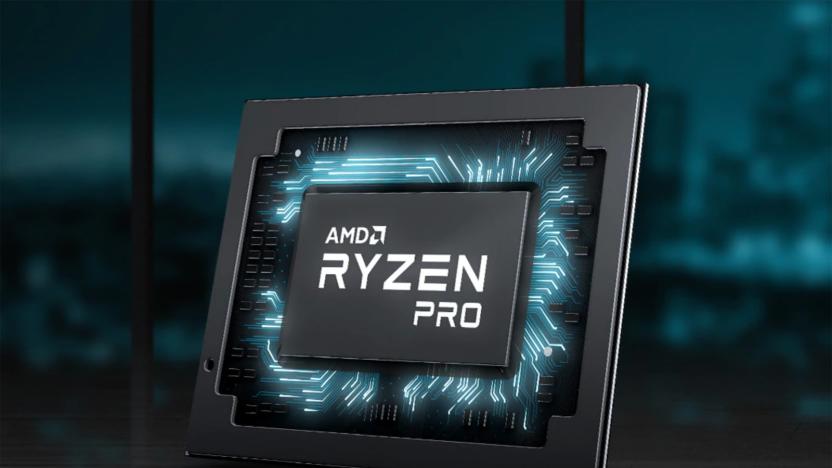
AMD's latest Ryzen Pro chips bring Vega graphics to work laptops
Now that AMD has unveiled second-gen Ryzen chips for everyday laptops, it's turning its attention to the pro crowd. It's releasing a new wave of Ryzen Pro processors aimed at "premium" (but still highly portable) work machines. The four-core Ryzen 3 Pro 3300U, Ryzen 5 Pro 3500U and Ryzen 7 Pro 3700U all take advantage of the updated 12-nanometer design and Vega graphics to deliver reasonably speedy 3D modelling and other tasks that aren't always practical on thin-and-light machines. The "pro" part mostly comes through their sheer resilience -- they have a security co-processor and are designed for "commercial-grade" reliability.
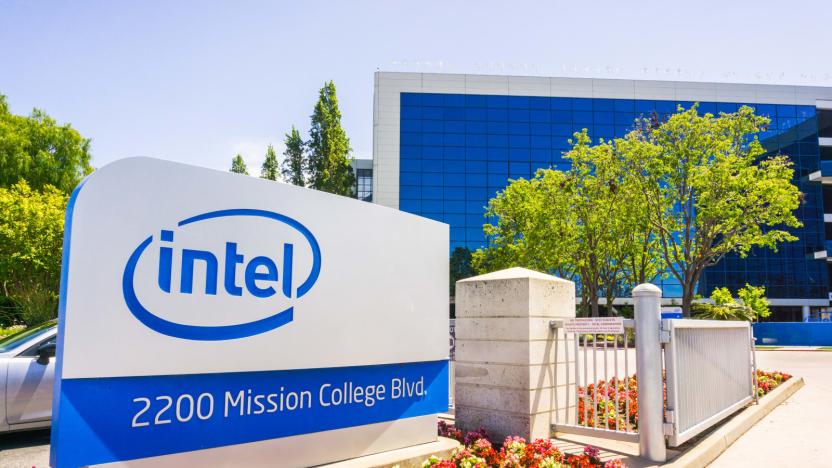
Intel's 9th Gen mobile Core processors will launch before July
Intel has promised to launched its 9th Gen Intel Core mobile H-series processors in the second quarter of 2019 at the ongoing Game Developers Conference. An Intel spokesperson told PC World that the upcoming chips are based on the older 14nm Coffee Lake architecture. They could apparently give rise to a crop of powerful laptops gamers can use to play AAA titles while recording and streaming at the same time without having to worry about lags and performance drops. Those machines would be especially useful to creators who need to run resource-intensive programs, such as video editing tools, as well.
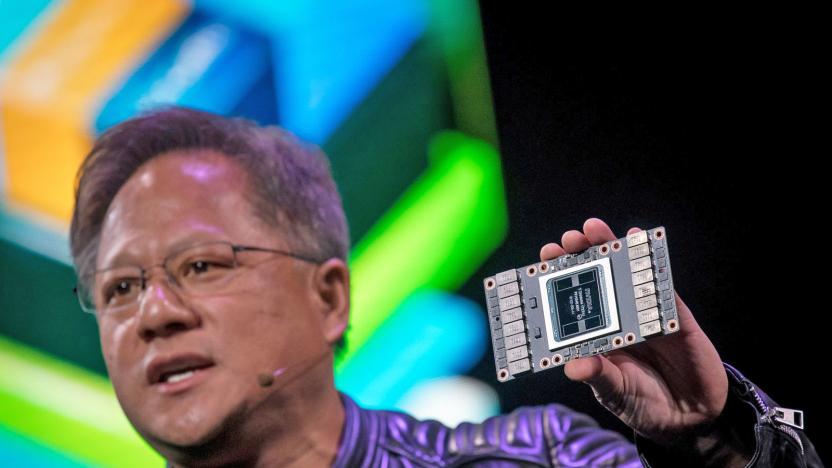
NVIDIA joins Intel in bidding war for major Israeli chip maker
If you needed any further evidence that NVIDIA is becoming more of a direct competitor for Intel, you might just have it. A Calcalist source claimed that NVIDIA has made an offer to acquire Mellanox, a chip maker best known for its high-performance computing and networking tech. While it's not clear how much NVIDIA has been willing to pay, Reuters insiders said that NVIDIA could pay more than $7 billion -- well past the $6 billion Intel reportedly offered a few months ago.

AI-guided material changes could lead to diamond CPUs
Scientists know that you can dramatically alter a crystalline material's properties by applying a bit of strain to it, but finding the right strain is another matter when there are virtually limitless possibilities. There may a straightforward solution, though: let AI do the heavy lifting. An international team of researchers has devised a way for machine learning to find strains that will achieve the best results. Their neural network algorithm predicts how the direction and degree of strain will affect a key property governing the efficiency of semiconductors, making them far more efficient without requiring educated guesses from humans.

Watch AMD's CES press event in under 9 minutes
AMD didn't just respond to introductions from Intel and NVIDIA at CES 2019 -- it came out swinging. The chipmaker had plenty to show at its press event, and frequently claimed a performance edge over its rivals. The centerpiece was undoubtedly the Radeon VII, the first 7-nanometer graphics processor aimed at gamers. However, AMD had a little something for everyone, whether it was third-generation Ryzen CPUs for desktops, Epyc chips for heavy-duty number crunching and a talk about the hardware behind Google's Project Stream. That's a lot to digest, but our recap should help catch you up in a hurry.

Intel's Lakefield stacks desktop and Atom cores on a ‘3D’ chip
Intel led its CES press conference today by announcing a lineup of no less than six new 9th-gen processors, but it's looking towards a future beyond these chips, too. The company shed some light on a platform that's still in development, codename Lakefield, which is expected to go into production in 2019. It's a hybrid design featuring a primary 10nm Sunny Cove core, complemented by four 10nm Atom cores. We assume it'll operate like many mobile chips do already, with different cores handling different tasks based on how resource-intensive they are, maximizing efficiency and power.

AMD's latest laptop CPUs include its first chips for Chromebooks
AMD is kicking off 2019 with an overhaul of its laptop processors, and it's breaking some new ground in the process. The company has unveiled its first two A-Series chips designed explicitly for Chromebooks, the 1.6GHz A4-9120C and 1.8GHz A6-9220C. Both are dual-core chips that use just 6W of power and promise faster performance than the Intel chips you typically see in entry-level Chrome OS portables. The A6 is up to 23 percent faster in web browsing than the Pentium N4200, AMD said, and 42 percent faster in photo editing. You might not have to spend a small fortune to get a Chromebook with decent horsepower.
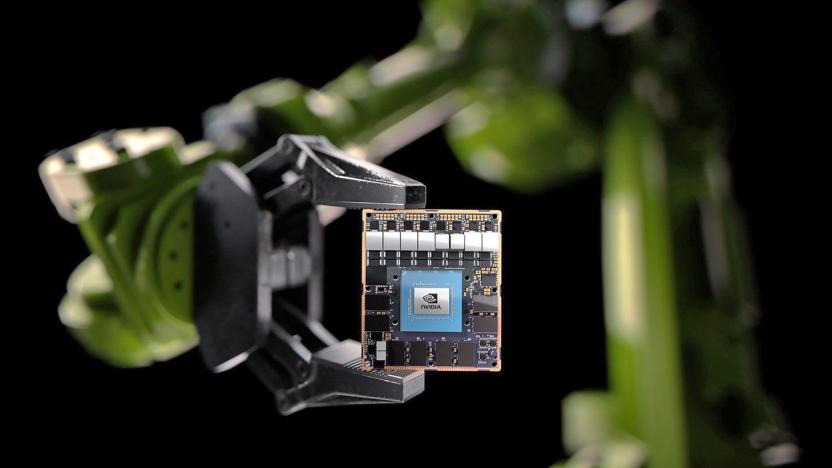
NVIDIA's $1,100 AI brain for robots goes on sale
NVIDIA's plan to power autonomous robots has kicked off in earnest. The company has released a Jetson AGX Xavier Module that gives robots and other intelligent machines the processing oomph they need for their AI 'brains.' You're not about to buy one yourself -- it costs $1,099 each in batches of 1,000 units. However, it could be important for delivery robots and other automatons that need a lot of specialized performance with relatively little power use.
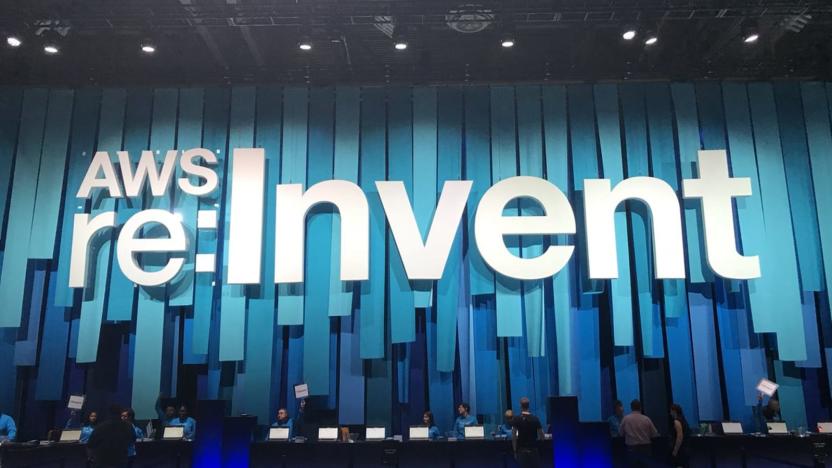
Amazon Web Services begins using more efficient ARM-based server chips
Amazon's cloud business, Amazon Web Services (AWS), is launching ARM-based servers for its EC2 cloud computing service, the company announced on Monday at its re:Invent conference in Las Vegas.

A cheaper, smaller Raspberry Pi 3 is now available
The Raspberry Pi Foundation released its upgraded flagship computing board, the Raspberry Pi 3 Model B+, earlier this year. Now the boards are shipping in volume, the company has been able to turn its attention to what it calls one of its "most frequently requested 'missing' products": the Raspberry Pi 3 Model A+.
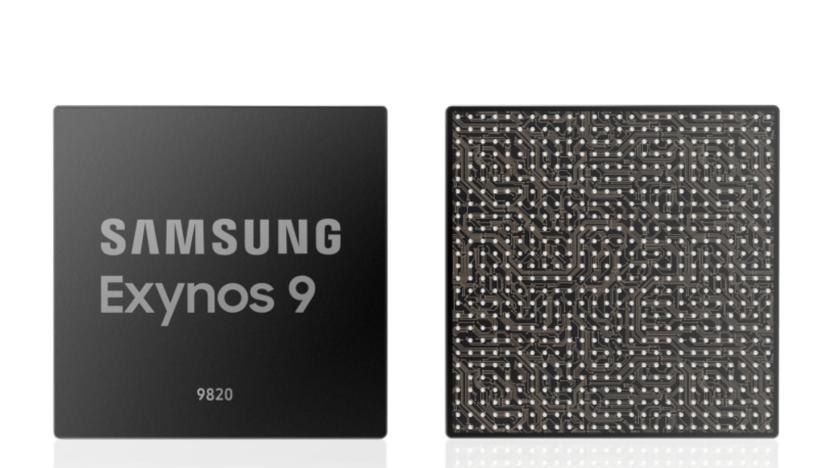
Samsung's new phone processor has hardware for on-device AI
Samsung has announced its latest system-on-chip (SoC), the Exynos 9 Series 9820 processor, geared specifically towards managing on-device artificial intelligence applications. Unlike its predecessors, this processor contains an AI-accelerator, or NPU, that means AI-related processing can be carried out directly on the device, rather than sending the task to a server. This adds up to seven times faster performance.

Intel's 48-core Xeon will go head-to-head with AMD in 2019
Intel has unveiled its fastest server processors yet, the Xeon Cascade Lake series with up to 48 cores. Its current top-of-the-line server chips, the Xeon Scalable Processors, pack up to 28 cores and 56 threads, but all are contained on a single, monolithic die. However, the Cascade Lake models have multiple dies in a single "package," or socket, much like AMD's latest EPYC server processors. Up to two chips could be installed on a multi-processor motherboard, giving you 96 cores in total, but Intel has yet to say if the chips will be hyperthreaded.

Intel made more money than ever despite 10-nanometer chip delays
Intel has no permanent CEO and its 10-nanometer chips keep getting delayed, but none of that has cut into its revenue (yet). The company announced that it earned a record $19.2 billion and made a $7.3 billion operating profit. On top of that, it made most of its cash ($10.2 billion) on regular old PCs and not data centers or internet-of-things devices. All this despite the fact that it's still about a year away from mass production of its long-awaited 10-nanometer "Cannon Lake" CPU micro-architecture.

MIT finds a smarter way to fight Spectre-style CPU attacks
Many companies have developed patches to mitigate Meltdown- and Spectre-like speculative memory attacks. However, they can come with compromises: they can leave major gaps and still slow down your system. MIT researchers may have a better way. They've developed a new method, Dynamically Allocated Way Guard (yes, DAWG is on purpose), that promises tight security without dragging performance through the dirt.
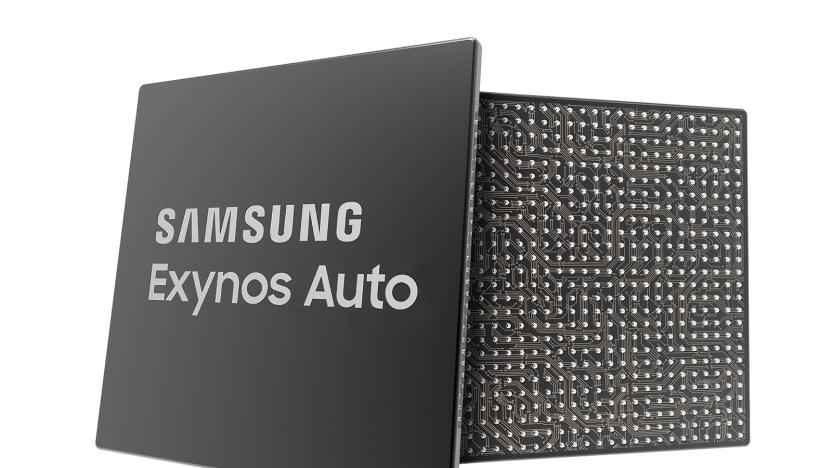
Samsung unveils Exynos chips built for connected cars
Samsung's Exynos processors are no longer confined to mobile devices and the occasional smartwatch. The company has launched Exynos Auto and Isocell Auto brands that will respectively make chips and camera sensors for connected cars. The Exynos line will include chips devoted to specific aspects of on-the-road technology, including driver assistance (Exynos Auto A), infotainment (Auto V) and telematics (Auto T). Isocell sensors, meanwhile, currently include three models that range from 960p to 4K.

Intel's desktop 9th-generation Core chips can handle 128GB of RAM
To date, Intel's mainstream processors haven't supported more than 64GB of RAM. That's not a crisis-inducing problem right now (only demanding pros are likely to notice), but the time when you'll want more is on the horizon. Thankfully, Intel is prepared. The company has confirmed to AnandTech that its desktop 9th-generation Core processors support up to 128GB of DDR4 RAM. Newer, denser memory technology makes that possible, the company said. An update in "a few months' time" will enable the extra headroom.

Intel's 9th-generation Core processors reach up to 5GHz
The rumors were (mostly) true: Intel has unveiled its first 9th-generation Core processors, aiming them at desktop-based enthusiasts. The updated CPUs ultimately represent a refinement of Intel's existing 14-nanometer chips, but promise both more headroom for overclocking (thanks to new soldering), support for Optane-based memory sticks and hardware-level mitigations for Spectre and Meltdown attacks. Naturally, they also boast lots of cores -- not as many as that 28-core Xeon, but you can now expect at least eight cores and the same 18 cores as last year in the flagship Core i9-9980XE model. The Core i9-9900K, meanwhile, is billed as the first "broad volume" processor to hit 5GHz, albeit 'just' when using one of its eight cores (it normally starts at 3.6GHz).





